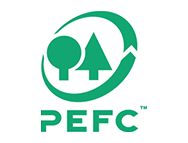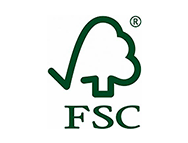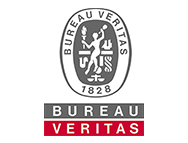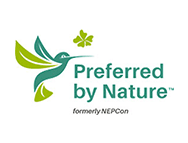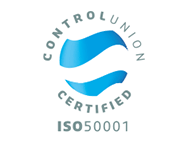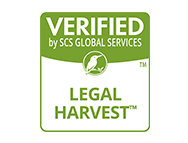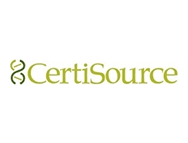Timber certification

certification as a tool in due diligence
The 2013 European Union Timber Regulation (EUTR) requires “operators” (introducers of timber or derived products on the European Union market) to apply “due diligence” for all imported timber products. This due diligence consists in the application of a system of measures and procedures that aim to reduce as much as possible the risk of placing timber or timber products derived from illegal sources on the EU market. Importing certified timber however can be an appropriate mitigating measure in case the country of origin shows a high risk of illegal sourcing. But choosing for certified timber does not automatically release traders from the obligation to carry out “due diligence”. Importers of certified timber must also ensure access to information on amongst others country of harvest of the timber, supplier, tree species, showing that their supply contains only legally harvested timber. Only products carrying a FLEGT or CITES timber export license are exempt from the EU due diligence requirements (the so called “green lane”).
To use certification for risk assessment and as a risk mitigation tool, the following points should be checked:
- the requirements of the certification system shall meet the requirements of the EUTR. Some systems have developed arguments to prove their compliance, and studies have also been produced, and are cited below;
- the supplied products are indeed certified according to a valid certificate (verification of the supplier's certificate on the databases of the certification systems or directly with the certification bodies).
A Study on certification and verification schemes in the forest sector and for wood-based products, commissioned by the European Commission from Preferred By Nature, was published in August 2021. This study, available in English, aims to enable stakeholders in the sector to better understand the alignment of certification schemes with the requirements of the EUTR. In particular, it reminds that certification of wood and wood-based products does not dispense with a risk assessment.
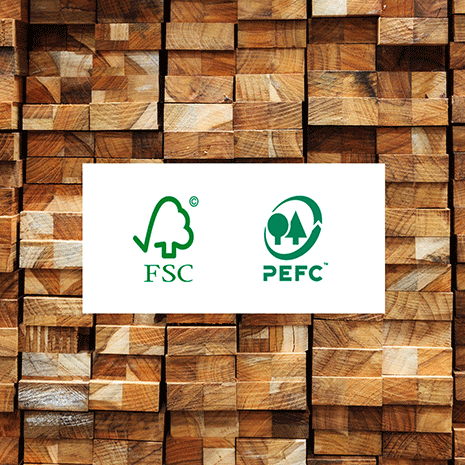
Forest Certification
Forest certification is a market-based instrument and a voluntary process whereby an independent third party (the “certifier”) assesses the quality of forest management and production against a set of requirements (“standards”) predetermined by a public or private certification organization. Forest certification, and associated labelling, is a way of informing consumers about the quality of the forests’ management from which wood and other forest products were produced. It is implemented through two separate but linked processes:
- forest management certification which assesses whether forests are being managed according to a specified set of standards (sustainable and/or legal); and
- chain of custody certification (sometimes referred to as CoC certification), which verifies that certified material is identified or kept separate from non-certified or non-controlled material through the production process, from the forest to the final consumer.
To label an end-product as certified, both forest management certification and chain-of-custody certification are required.
Seven common certification systems are explained here briefly on how they could facilitate a due diligence process, and how the scheme is adapted to EUTR regulation’s requirements. For the framework of this portal we differentiate between sustainable forest certification systems and timber legality verification systems and include here most relevant and active systems:



